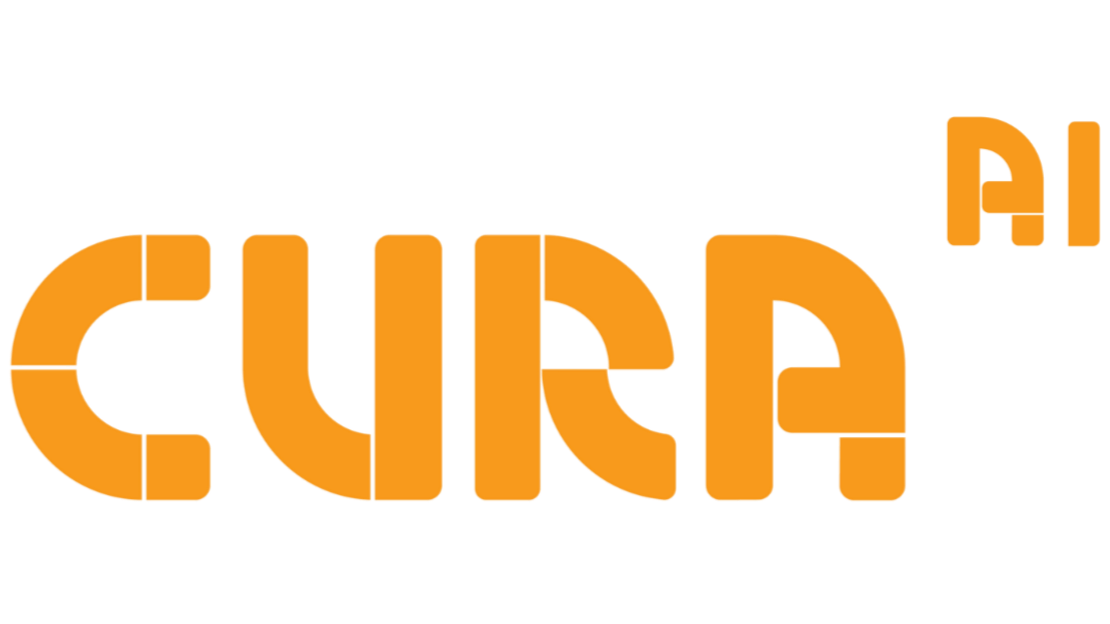Teach students to ‘difference-spot’, not ‘wrong-spot’
This article is part of our series on how to help students develop their collaborative superpowers and maximise the effectiveness of working in teams across a PBL project. To learn more about how we teach collaboration, see here
We’ve written previously about the impact that conflict with a team can have on the success of a PBL unit. It slows team progress, hinders relationships of trust within a team, and might result in students losing the motivation to continue working through the unit. This is every teacher’s worst nightmare.
A common theme of our series focusing on student collaboration is that students need to be explicitly taught the skills to work together effectively. Becoming a high-performing team doesn’t happen overnight – it takes hard work and the application of skills and techniques to ensure team members work together effectively.
Some of these skills are techniques to help team members understand each other better or to make better decisions; others help students implement a systematic approach to assigning roles and responsibilities across a unit. However, some techniques are seemingly small and insignificant, but can have an outsized impact on how well students work together.
One of these tiny changes is to encourage student to difference-spot, not wrong-spot. A one-word change in mindset can completely change how teammates view their interactions with each other and can alter the dynamic within a team from dysfunction and conflict to one of trust and psychological safety. Let us show you what we mean.
The problem with wrong-spotting
In our experience, wrong-spotting is at the heart of a significant proportion of student conflict and disagreement. Let’s take student feedback as an example.
Giving feedback is hard. We are hard-wired to seek social acceptance and, therefore, most people will inherently shy away from giving honest feedback for fear of rejection. However (and paradoxically), for teams to function effectively its members must be comfortable with giving each other feedback regularly. A team which is characterised by a fear of conflict and inability of its members to give honest feedback when they do not like or agree with something cannot succeed.
Frequently, a student’s fear of giving feedback comes from a place of not wanting to seem like a teacher or a parent. The last thing most students want is to come across as different to their peers – in their minds, this is a one-way ticket to social ostracisation. This fear, however, is compounded when students conceptualise giving feedback only as wrong-spotting – that is, by telling a peer that what they said or did was wrong. This is normally the domain of someone other than a peer – a teacher, an older sports coach, a parent – so it is natural for students to be hesitant to take this approach with their peers.
The other obvious impediment to students giving feedback under a wrong-spotting mindset is that they anticipate conflict, resistance, or an argument. Most people don’t like being told they are wrong, and the natural response is to become defensive and fight back. For many students, the negatives of getting into this situation outweigh the benefits of giving the feedback in the first place. As a result, student teams preserve a veneer of cohesion and abstain from giving feedback to avoid conflict, but they only succeed in creating an artificial harmony which doesn’t last.
The same applies for most people’s attitude with receiving feedback. Getting honest feedback from a teammate about our flaws or mistakes can be uncomfortable, humiliating, or enraging. As mentioned above, our first response is to raise a defensive shield and wrong-spot. In order to decide whether to accept or reject the feedback, we automatically scan for what’s wrong with it: who gave it to us, when, where, or how they gave it to us, why it isn’t true or wouldn’t work. There are two problems with wrong-spotting: first, we will always be able to find something wrong with the feedback; and second, we dismiss it too quickly — before we actually understand what the feedback giver is trying to tell us.
Wrong-spotting isn’t just an issue when it comes to giving and receiving feedback. When it comes to debating different approaches or determining which solution idea is the best one the team should choose to turn into a prototype, wrong-spotting is at the root of any conflict which arises. When students are considering different ideas, the default position is to fixate on the preferred idea and then look for all the flaws in the others. The issue with this mindset is that students close their minds off to the reasons why another idea might be superior to their own, or how elements of different ideas could be blended together.
A crucial learning opportunity is missed – and the likelihood of a team consensus is reduced – because wrong-spotting reduces the discussion to an adversarial debate. This might lead to an inferior idea being chosen; worse still, the conflict and fall-out from the confrontational nature of the discussion might threaten team harmony and the buy-in from other members.
Difference-spotting is the solution
In all of the above examples, the problems with wrong-spotting can be averted if students learn to difference-spot instead.
Difference-spotting means looking at a situation, a piece of feedback, or something which jars with our existing beliefs with a sense of curiosity, rather than a desire to find the holes and weaknesses in it. When we difference-spot, we try to understand why a team member is giving us this feedback or why they think a different idea is the one which the team should pursue. It means putting aside our natural inclination to dismiss it and instead compels us to be open-minded about our perspective not being 100% accurate. If students can do this, it rapidly accelerates their ability to learn from their teammates and to become aware of alternative viewpoints. If teams institutionalise this, the likelihood of conflict and dysfunction plummets.
Let’s go back to our feedback example. For the person giving feedback, presenting the feedback under a guise of difference-spotting – “When you did x, I’m wondering why you did it that way? I think I might have done something different in that situation” – makes it much easier to give. It is less confrontational and less likely to provoke a defensive reaction than if a student straight-out tells another student that they were wrong or shouldn’t have done something they way they did. This in turn makes it more likely that they will feel comfortable giving the feedback, which is the first step in creating teams who trust each other.
For the person receiving the feedback, adopting a difference-spotting mindset helps them pause and think deeply about how the feedback should be taken on board. Most feedback arrives in the form of a vague label – “You should show more leadership”, or “You need to listen to your teammates more.” It is easy for students to dismiss them based on what these labels mean to them, without thinking about what they might mean to their teammate giving them the feedback.
The best thing a student can do when given feedback by another is to think about where the feedback is coming from, from the perspective of the feedback giver. And to do this, students need to accept that their perspective and their teammate’s perspective might be different. When this occurs regularly, teams are more able to solve internal conflict, rather than leaving the root of that conflict to fester.
Of course, the application of difference-spotting instead of wrong-spotting is crucial when students are defining the problem to solve and choosing their idea to prototype. Difference-spotting makes for a more productive and less adversarial discussion as students are more likely to seek an understanding of each other’s different opinions. Students are more likely to change their minds about the right way forward and to converge as a team on the best approach. And each student is more likely to feel listened to and will therefore buy-in to the team’s decision as a result.
Helping students shift their mindset
Changing students’ default mindset from wrong-spotting to difference-spotting might sound esoteric, but there are some tangible and actionable steps which can help them make an immediate change.
When giving feedback, ask students to frame it as a question, not an accusation. Instead of calling another student out, a better approach is to seek to understand why a student acted the way they did. By gaining this understanding, teams can solve the root cause of a team member’s undesirable behaviour
When receiving feedback, build a culture of standing in the feedback giver’s shoes. Build the habit of students asking, “Where is this feedback coming from?”, to help them understand another’s perspective. Even as an internal mental check, it helps the recipient of feedback consider its merits rather than defaulting to dismissing it
In team discussions, encourage the phrase “Help me understand why you believe that”. This phrase should be used as the default substitute whenever a student wants to say “That’s wrong” or “I don’t agree.” It encourages the building of a shared understanding and the consideration of multiple viewpoints, and discourages the dogmatic enforcing of a single view at the expense of all others
Do you know an educator who would be interested in learning more about how to build collaborative skills in students? If so, please share this article with them!
If you are passionate about teaching collaboration and want to learn more, get in touch with us at info@edustem.com.au. We’re always happy to exchange ideas with our PBL community!



